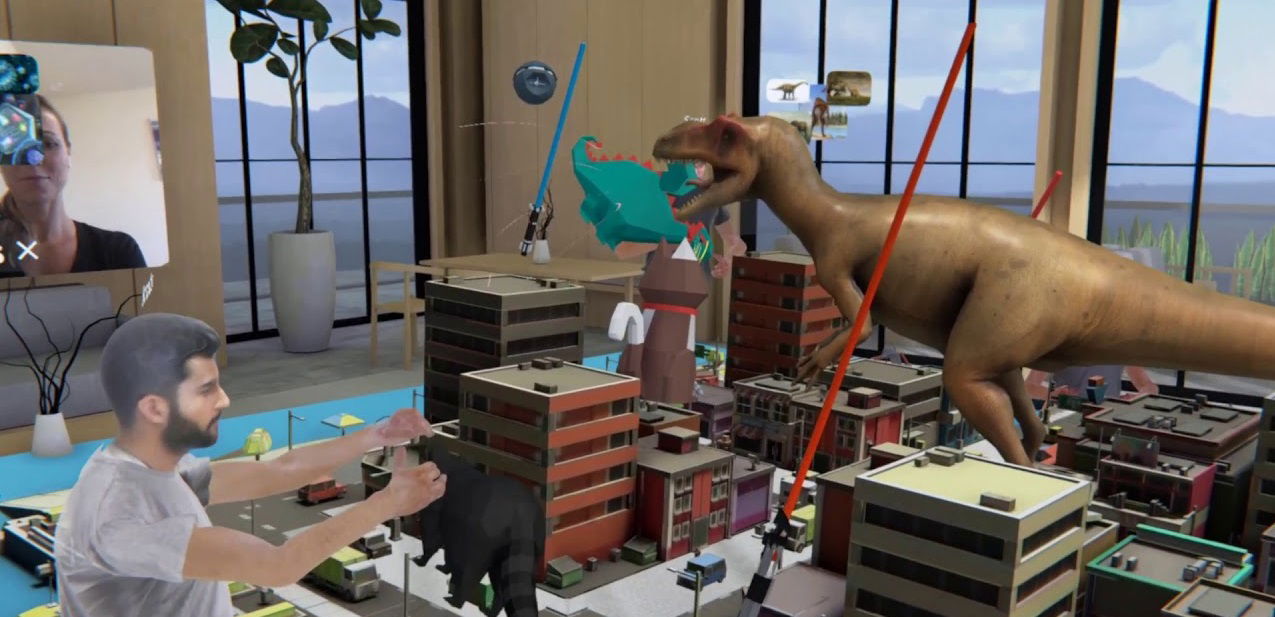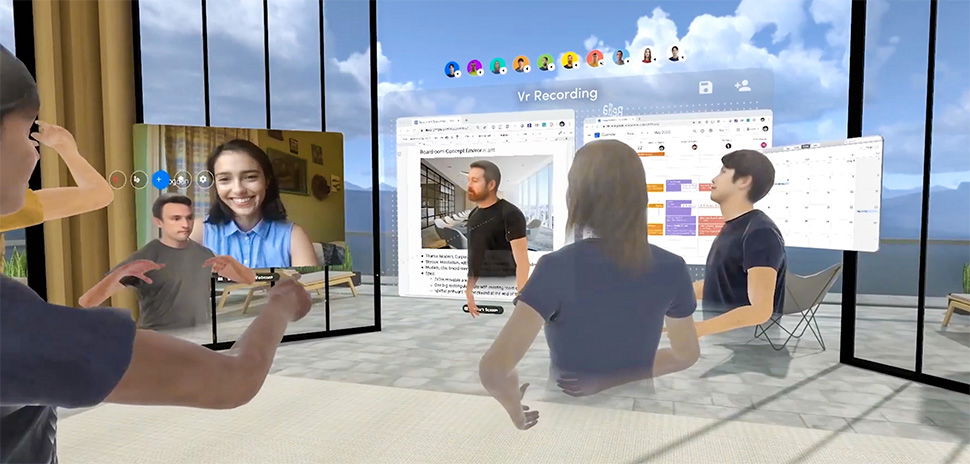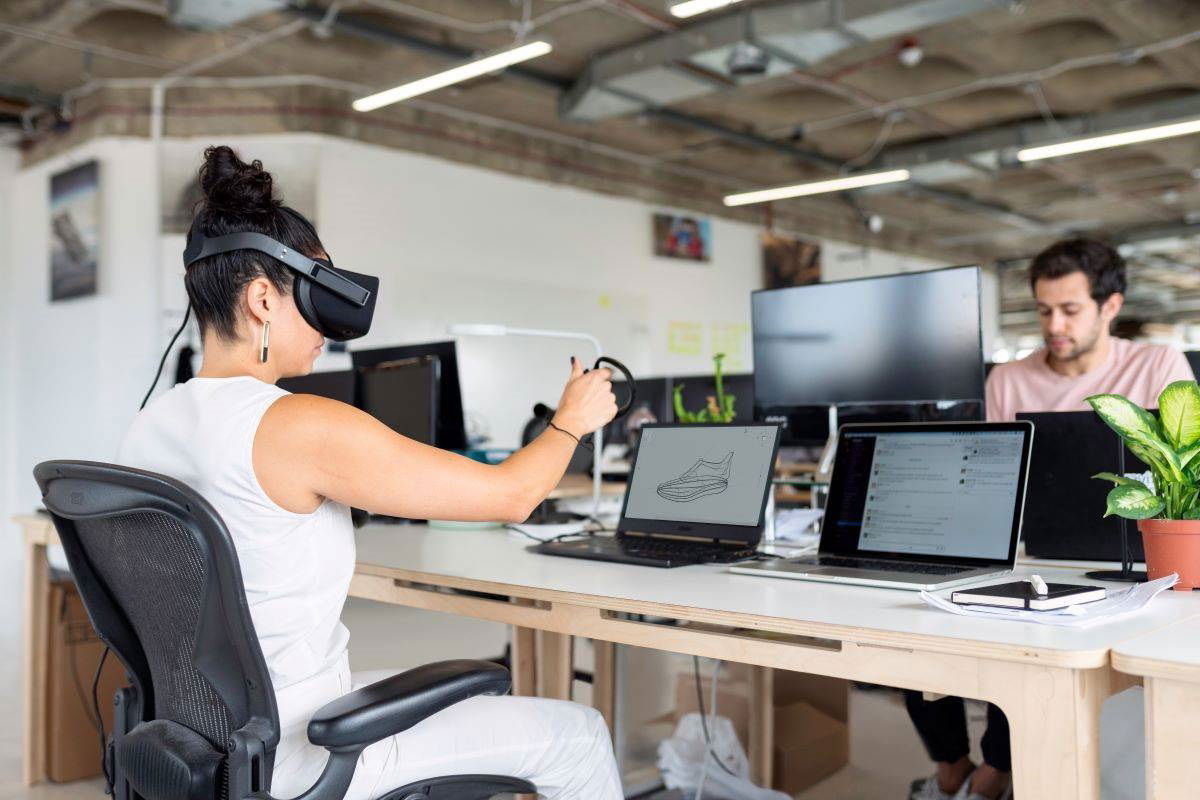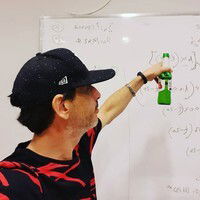
ZOOM IN VR: The new app is the virtual meeting room I wanted to open on Oculus Search.
Last week, I spent an hour and a half attending a conference. They weren't on my screen. Or on my smartphone, or on my iPad.
I met several people from Spatial, an AR/VR virtual conference software company, in a cozy virtual office space with windows overlooking a landscape that was not real. I've met with Spatial before, in the actual world, trying to explore the promise of how immersive tech could help us take our offices with us on AR and VR headsets. As the coronavirus has shut down countless offices, the company's previously business-focused resources have now become open. On the reasonably inexpensive and standalone Oculus Quest VR headset, which is what I'm using it on, your app is now open.

The last time I saw Spatial, just a couple of months ago, I was just dreaming about the future of telecommuting. But I'm absolutely realistic now. I've been on more zooms than I can probably count, and they have their limits, though they're helpful. I sound like a head talking prisoner. I still can't easily "see" anything.
The approach to virtual meeting rooms by Spatial is like a combination of VR/Zoom. By necessity, we are, to be clear, cartoonist avatars, with an image of my face spread weirdly over a 3D model. It looks scary. When I talk, my face kind of animates. When pushing the Quest VR controllers, my hands switch. The same is true for the co-founders of Spatial, CEO Anant Agarwal and CPO Jinha Lee, and everyone else with me. It's an uncanny encounter.
The strangeness dissipates, and I adapt to just meeting and talking. 3D artifacts emerge in the room that can pick and pulled around by all of us. I google some models from the 3D object repository of Google, Google Poly, and drag a dinosaur and dragon into them. To make the dinosaur appear massive, I pull my hands apart and drop it into a sample 3D town map that we're standing around.
Spatial works for web searches and Microsoft and Google office environments as well (Office 365, G Suite and finally Google Drive and Slack), so it is possible to pull up and view documents and spreadsheets and other items on large virtual wall screens. A sample briefing-style room where art drawings spread out on the walls brought up by Spatial's demo, and 3D backpack models float before us for me to pick up, zoom in on, or pick up an address.

Looking at desktop documents and screens that are shared, but with VR... In a meeting space that is interactive. It isn't as nuts as it seems.
Spatial About Via VR, or a web app on PCs, phones and tablets, such as Zoom, participants can enter Spatial's rooms. What's really insane is that in a video window, anybody who enters a webcam will appear, floating for all of us to see. Somebody from the PR team at Spatial is doing this. In a virtual space, she sees us as little 3D objects.
The odd feeling of us meeting in a virtual fish tank, with real people able to look in, makes me think of a potential future in which actors work in VR, while directors or producers watch their faces in video panels, capable of providing more emotional complexity. VR also cannot mix running around with using actual facial expressions, making performances in VR theatre sound more like dance and puppetry than real living, talking faces. But this VR and video chat combination feels like something new.

In Spatial, you can watch the montage of my VR meeting, or try it yourself. It is available via Spatial's web app for Oculus Search, PC-based VR headsets, AR headsets such as Microsoft Hololens and Magic Leap, or on almost any laptop, tablet or computer browser. Spatial is preparing a more comprehensive stand-alone app that in the future will support more 3D tools on non-VR devices, and it also sets its software to run on future VR/AR headsets connected to the phone. Spatial feels like the Zoom-for-VR software I can use right now, for now. It's not the only one — HTC Vive Sync is a recent platform for virtual space collaboration, and several more are obviously on the way. Spatial, in the meantime, seems like a pretty decent map of what's next.

You should also check out the following articles:
- VR BUYING GUIDE AND THE BEST VR HEADSET FOR 2022
- A meta market opportunity: The metaverse could soon be worth $1 trillion
- Facebook wants to build a metaverse. Microsoft is creating something even more ambitious.
- How to succeed in the virtual reality world of tomorrow?
- Books you must read about virtual reality
- Best New Augmented Reality Books To Read In 2021
- US$ 4.7 Billion- The global augmented reality gaming market
- The smart glasses revolution is about to get real
- Consumer Brands Reinventing Marketing in the Metaverse
- Imagine Making Money in Rec Room
- The biggest AR and VR predictions of 2022
- Apple hired Meta's AR communications lead ahead of the 2022 launch of the headset.
- Who Will Be in Charge of the Metaverse?
- The Kingdom of Abraham: The first Jewish metaverse
- Gen Z are planning to spend thousands on cryptocurrency, NFTs and metaverse
- According to Goldman Sachs, the metaverse must run on blockchain
- What You Can Create With a Small Piece of Land in the Metaverse
- How To Buy Land In The Metaverse?



